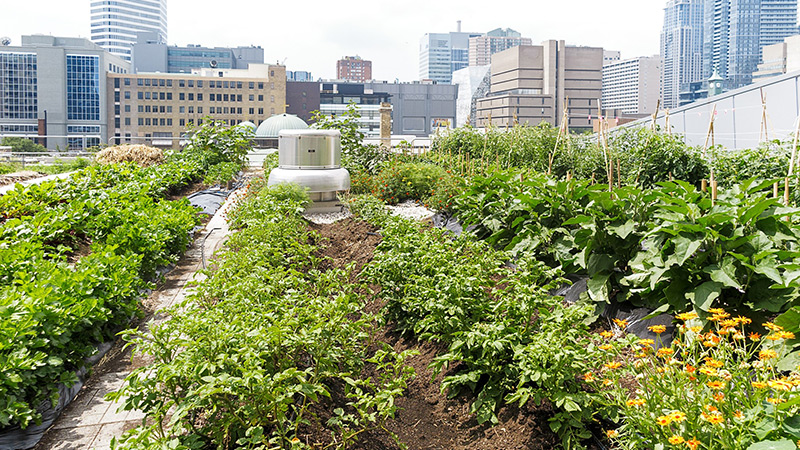Why Vegetable Crop Prices Are Stuck in Time
With inflation alone, crop prices should have increased by 17.5% since 2008, according to the Bureau of Labor Statistics. It’s important to understand that price increases due to inflation don’t equal growth. It’s merely a price floating up with the rest of the economy.
Healthy businesses increase their prices at a faster pace than inflation to re-invest in the company and build cash reserves.
But that’s not what growers reported happening in the vegetable industry. A small percentage — 27.2% — of growers who responded to American Vegetable Grower magazine’s 2019 State of the Industry survey said their crop prices are more than 10% higher than they were 10 years ago. But an alarming 44.6% have seen either no price increase or, worse, lowered prices.
The Future Is at Risk
These statistics should worry us all. Almost half of the industry — that 44.6% — faces going out of business, because that’s the logical outcome of no price increase over 10 years.
Profit at its most basic is what’s left after growers deduct their total costs from their income. With inflation at 17.5%, if growers’ costs increased beyond inflation, and their prices held steady for 10 years, they’re in trouble. Unless growers were making enormous profits 10 years ago, they are either operating in the red or on the brink of doing so.
Which means that only 27.2% of vegetable growers have viable, long-term businesses. And that’s a problem for national security. America cannot be fed by only 27.2% of the industry. If America becomes fully dependent on other countries to feed its citizens, then those other countries have a powerful tool to control the U.S.
The Numbers Are Worse
Let’s look at how the numbers break down. The vegetable growers reporting the strongest prices are no surprise: farm marketers and those supplying local distributors. After all, these groups have direct control over their prices. But these two groups tend to be the smallest farms, supplying farmers’ markets and restaurants. The American masses still mostly buy their produce from grocery stores.
Yet even these local growers report poor pricing overall. Less than a third of both groups report a crop price increase of more than 10%. That means about 70% did not keep up with inflation, even though these growers had more direct control over their pricing.
Those vegetable growers who supply major distributors and processors struggled the most with crop prices. A whopping 63.8% of the canning/processor suppliers had either flat prices or a drop in prices, with major distributor suppliers close behind at 58.3%.
It’s time for the industry to act. It’s common wisdom that consumers and retailers will almost always default to looking for a lower price, but farms cannot continue to operate when income remains the same even as costs rise.
I urge vegetable growers to work with those who negotiate your contracts to set clear goals for fair pricing. Find out what those negotiators need as ammunition, whether it’s third-party reports on production, cost projections, or to have a large group of regional growers at their backs.
It’s time for a change in crop prices.









